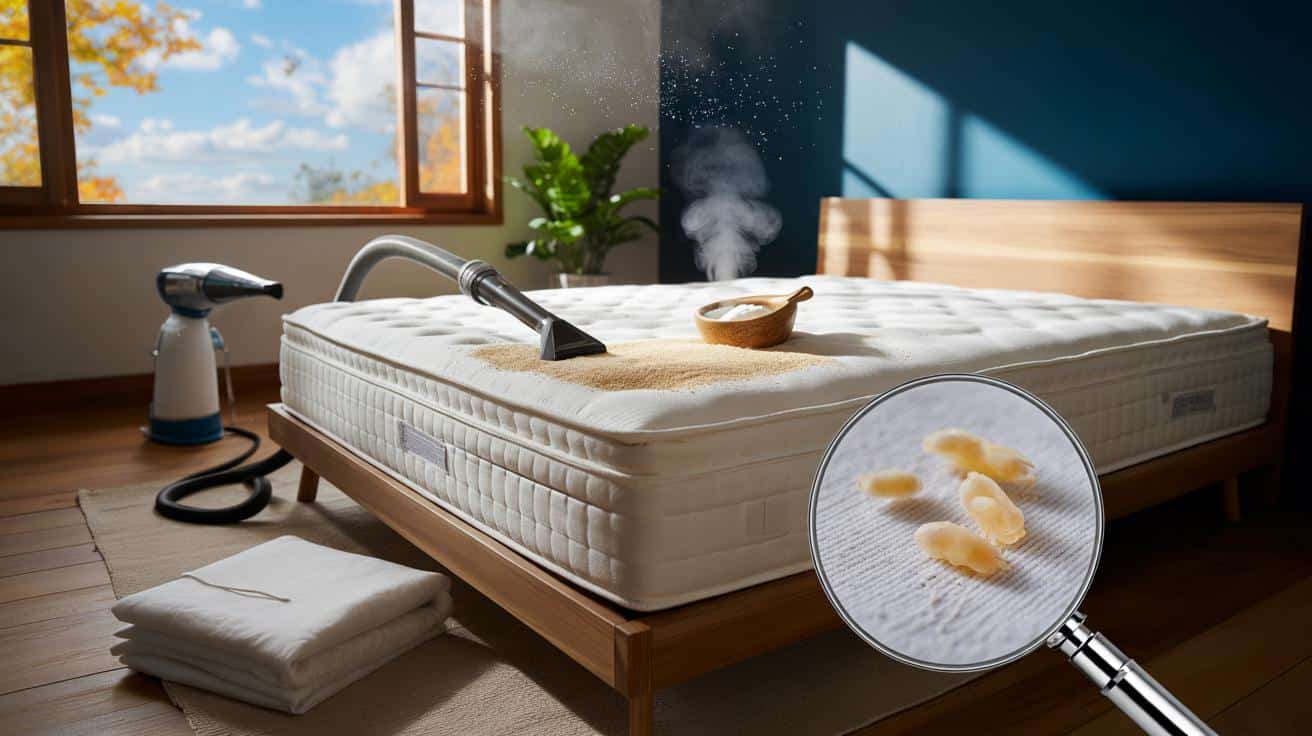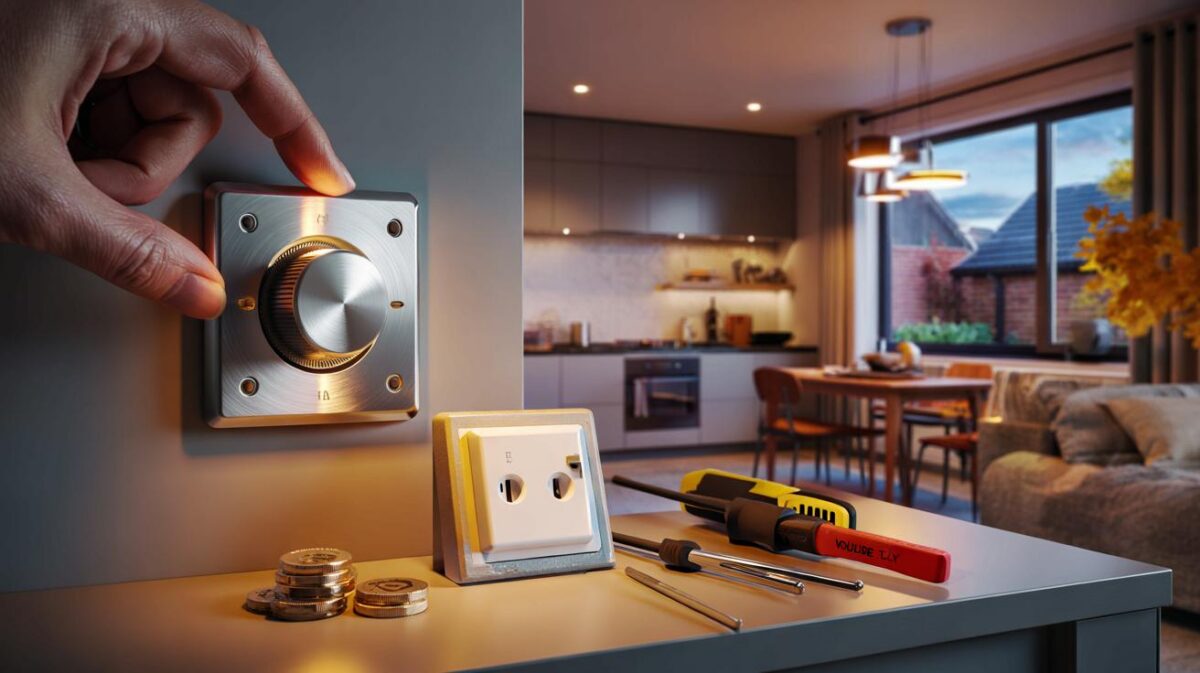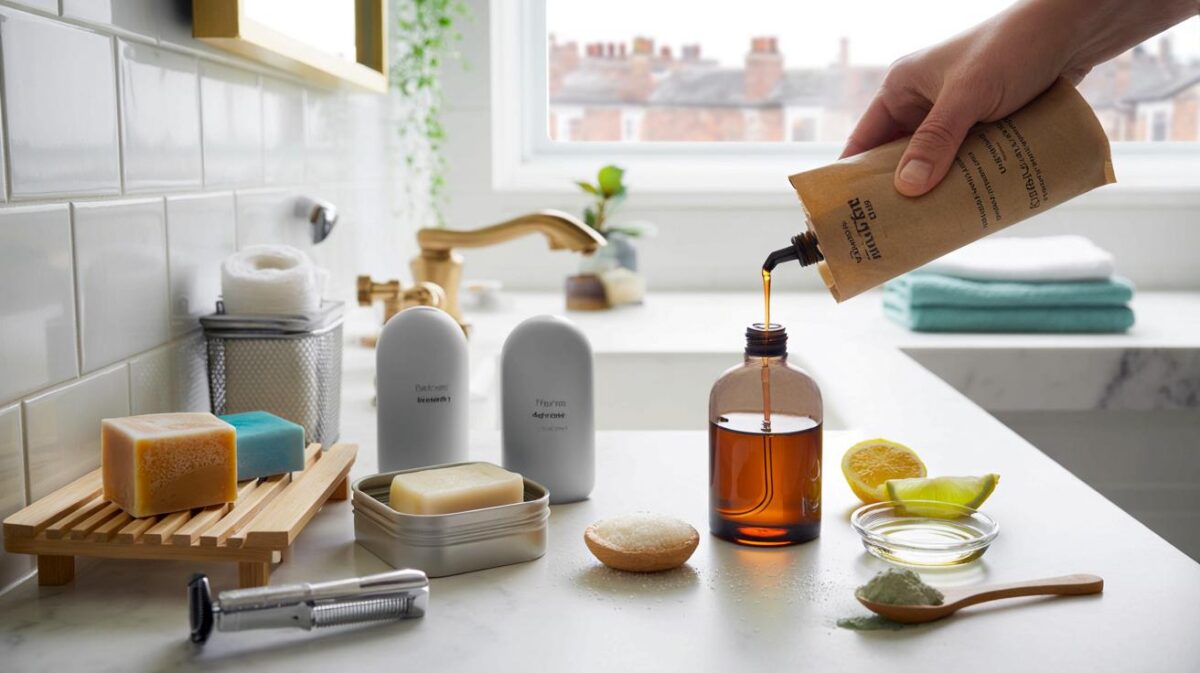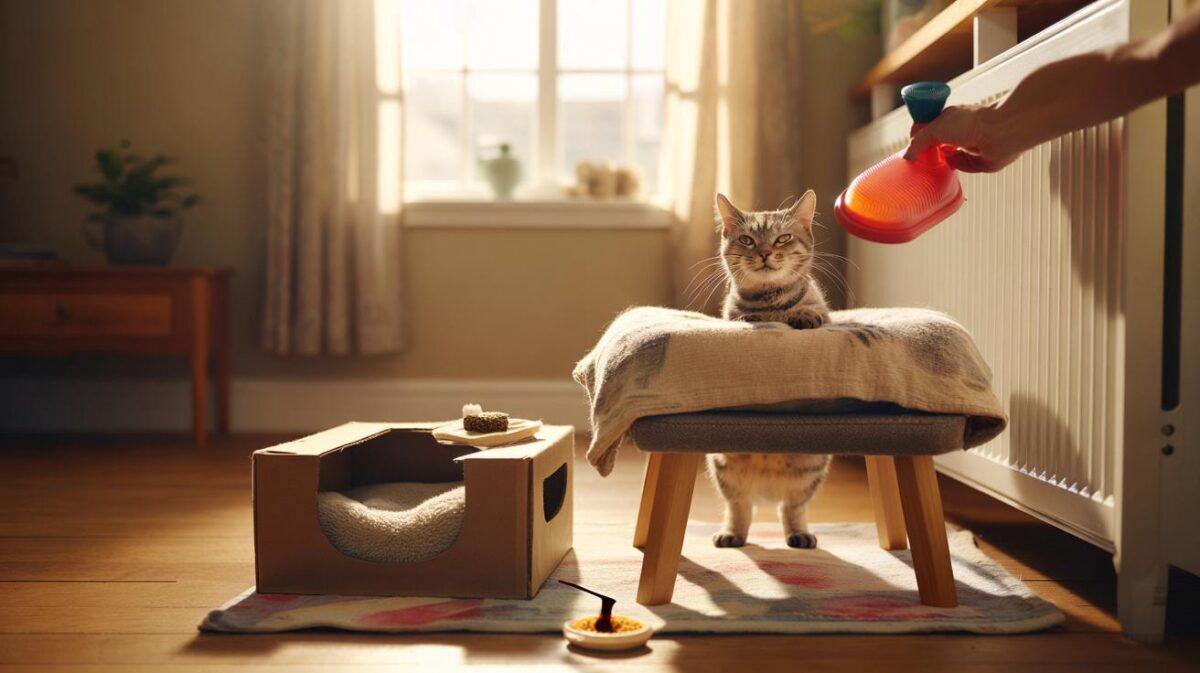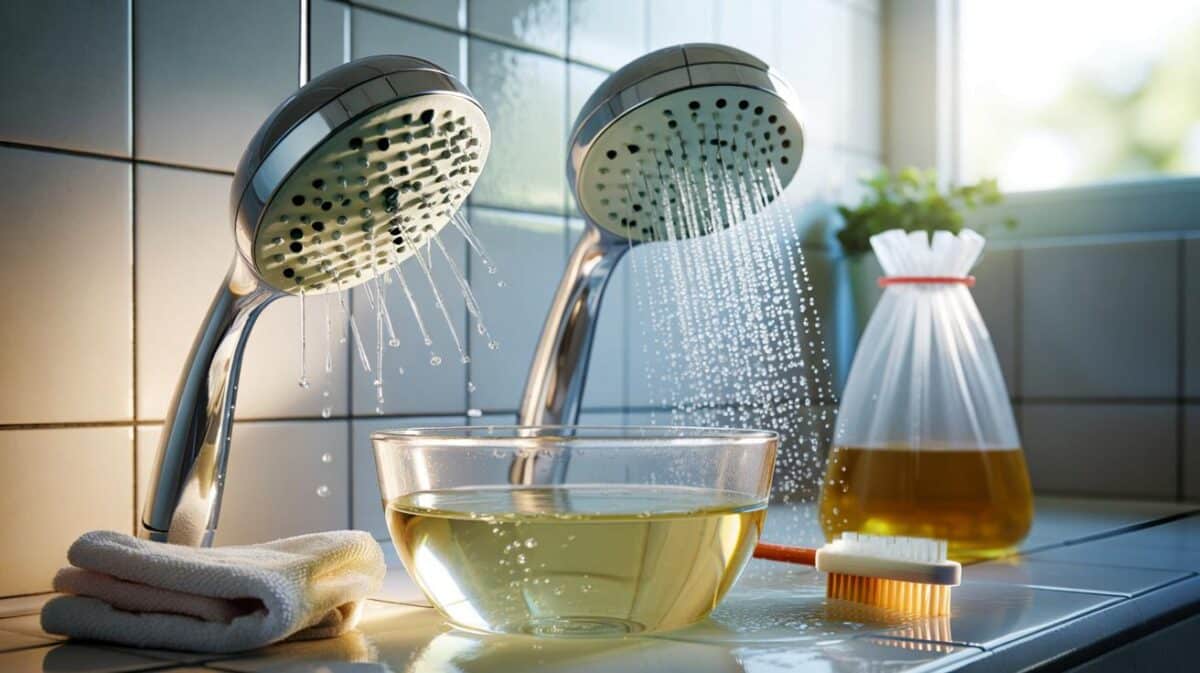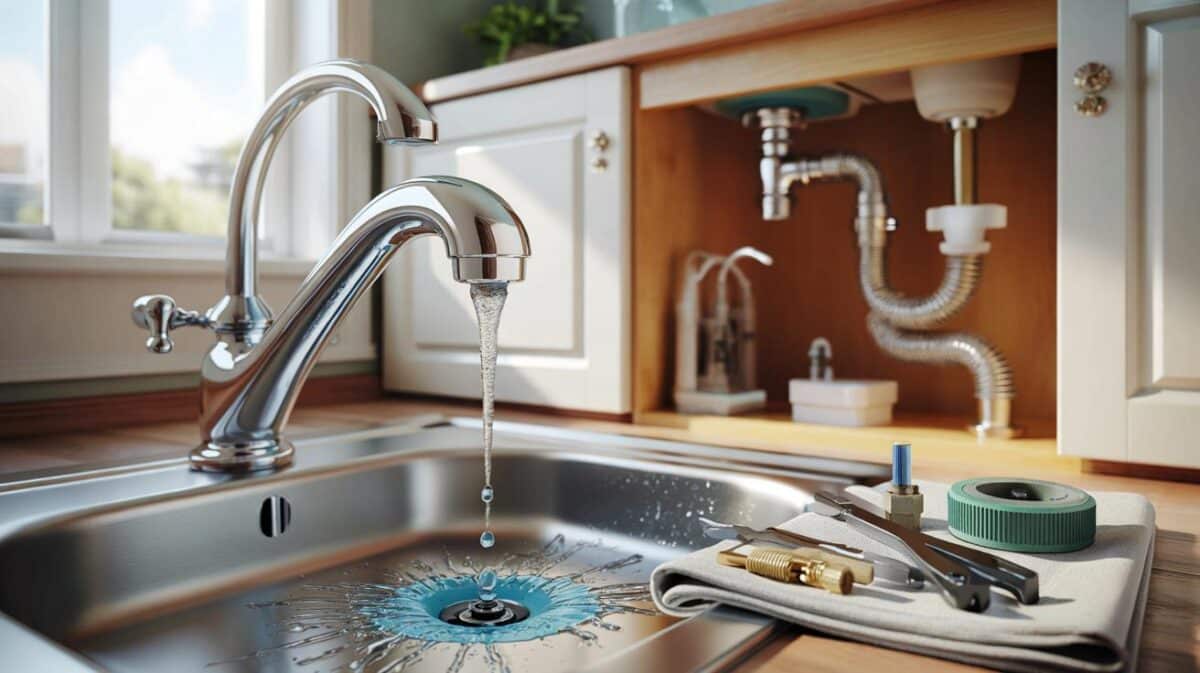Fresh sheets help, yet the mattress tells a quieter story beneath.
Across the country, people change bedding weekly and light candles for a cosy feel, while the mattress quietly traps heat, moisture and skin debris. That cocktail feeds mites, clings to odours and leaves allergens behind. As autumn draws in, a simple, chemical-free routine promises cleaner sleep and calmer mornings.
What builds up inside your mattress
Your body sheds skin cells every night, and perspiration adds moisture to the mix. Warmth from your duvet raises the surface temperature. Tiny fibres and dust catch in the quilting. These conditions suit dust mites and encourage smells.
Moisture, heat and human debris
Moisture lingers when rooms stay shut and radiators hum. Mites thrive around 20–25°C with high humidity. They feed on shed skin, and they nest in seams and stitching. As colonies grow, allergen levels rise and odours set deeper.
Air, dryness, suction and brief heat disrupt mites, reduce allergens and neutralise odours without resorting to harsh sprays.
The four-part routine that cuts microbes without chemicals
Air: give it daylight and dry air every month
Strip the bed and let the mattress breathe for two to three hours. Open a window for cross-ventilation. If you can, stand the mattress upright near natural light. Daylight and drier air reduce surface humidity and stress mite populations.
Vacuum: reach seams, sides and the base
Use a clean upholstery tool. Work slowly over the top, then the sides, then the underside. Pay extra attention to piping, tufts and labels where debris gathers. A monthly vacuum reduces allergen load and lifts fine dust that traps smells.
Heat: use steam twice a year, but let it dry fully
A domestic steam cleaner on a low-moisture setting delivers brief high heat to the surface. Move continuously to avoid soaking. Follow with an hour of active airing. The surface must feel completely dry before you remake the bed. If your mattress warranty discourages steam, skip to bicarbonate instead.
Bicarbonate of soda: absorb moisture and tame odours
Sprinkle a fine, even layer of bicarbonate of soda over the top surface. Leave for two to four hours during airing. Vacuum thoroughly. For light marks, dab with a barely damp white cloth first, allow to dry, then apply bicarbonate. This step pulls moisture and neutralises smells without fragrance.
- Air the mattress 2–3 hours with a window open.
- Vacuum all faces and seams once a month, tool cleaned beforehand.
- Steam clean or use bicarbonate in spring and autumn.
- Remake only when fabric is completely dry to the touch.
- Use a washable protector to block stains and allergen transfer.
Two deep-care sessions a year, plus a monthly vacuum and airing, keep build-up in check with minimal effort and no chemicals.
What to avoid if you want a healthier bed
- Do not bend or fold the mattress; internal layers can crease and harbour dust pockets.
- Do not remade the bed after steaming until fully dry; trapped humidity invites more growth.
- Do not neglect the underside; dust collects on slats and transfers back through the fabric.
- Do not use heavy perfumes; they mask odours and may irritate airways.
- Do not ignore a protector; a zipped encasement creates a reliable barrier against spills and allergens.
A simple schedule that fits real life
Routine wins. Tie maintenance to seasons and monthly cleaning so it happens without fuss. The table below sets a clear plan you can actually keep.
| Task | Frequency | Time needed | Main benefit |
|---|---|---|---|
| Air with window open | Monthly | 2–3 hours (passive) | Reduces humidity and odours |
| Vacuum seams and faces | Monthly | 10–15 minutes | Cuts allergens and dust |
| Steam or bicarbonate | Twice a year | 30–60 minutes + drying | Targets microbes and smells |
| Wash protector at 60°C | Every 4–6 weeks | Normal wash cycle | Blocks stains, traps fewer allergens |
Why this works when nights turn cooler
Autumn brings longer nights and more time under covers, so heat and humidity linger in the fabric. Regular airing takes advantage of cool, dry days to pull moisture out. Vacuuming removes the fine dust that holds damp and feeds mites. Short, controlled heat or dry absorbent powder then finishes the job.
Think in pairs: cool air to dry, suction to remove, heat to disrupt, bicarbonate to neutralise.
Going further: small upgrades with big pay-offs
Pick a protector that actually protects
Choose a fully encasing protector with a zip if allergies trouble your household. A breathable membrane adds liquid resistance without the crinkle. Wash at 60°C to denature mite allergens. Keep a spare so the bed goes straight back on while one is in the wash.
Manage bedroom climate for fewer mites
Target 40–50% relative humidity and 16–18°C at night. Open windows for 10 minutes daily, even in winter. Use a dehumidifier if condensation forms on windows. Leave a small gap between mattress and wall so air can circulate.
Rotate, flip if allowed, and clean the base
Rotate head to toe every three months to even wear. Flip only if the mattress is double‑sided. Wipe slats or the divan base quarterly because dust there migrates upward. Check that slats are intact to prevent sagging pockets where debris collects.
Handling stains and sensitive materials
Spot-treat fresh spills immediately with absorbent towels, then a light dab of cool water. Avoid soaking foam or pillow‑top layers. If you own natural latex or a mattress with electronic components, skip steam and stick to airing, vacuuming and bicarbonate. Always test any method on a hidden edge first.
Allergy sufferers can layer defences. Use tightly woven pillow protectors, wash duvets at 60°C where labels allow, and dry everything completely before storage. Keep pets off the bed to reduce dander. If symptoms persist, your GP may suggest allergen covers for pillows and duvets as well as the mattress.
Time and cost stay modest with this plan. A monthly 15‑minute clean plus two seasonal sessions adds up to roughly three hours a year. Bicarbonate of soda costs pennies per treatment. The payoff includes fewer morning sniffles, steadier sleep and a mattress that keeps its shape longer.
